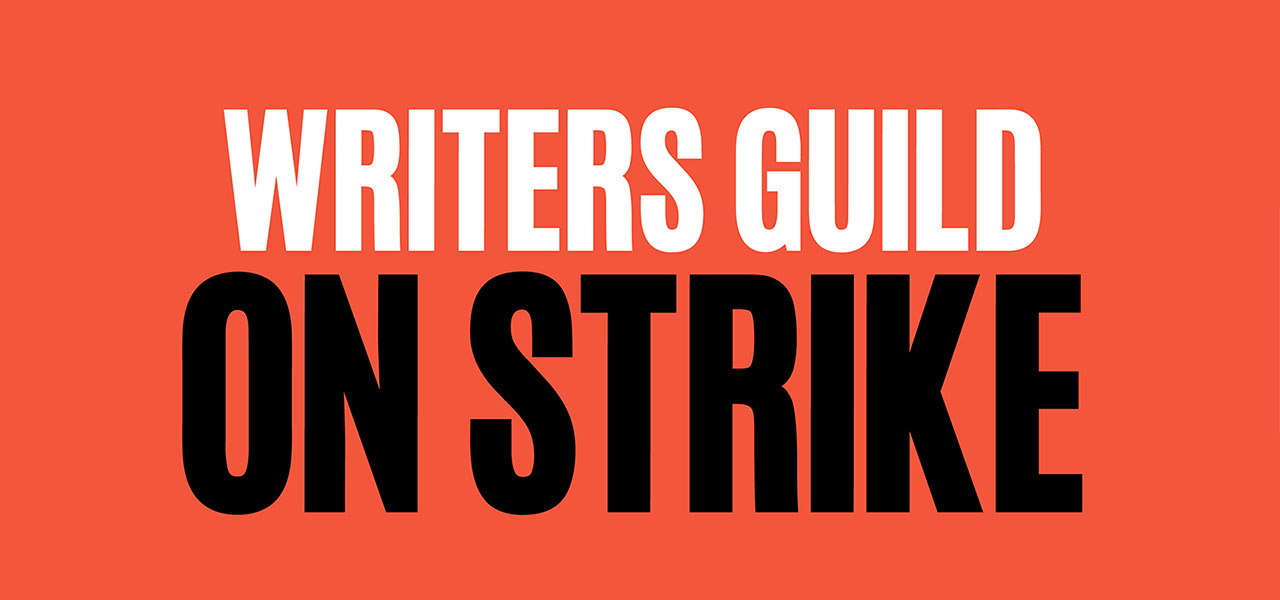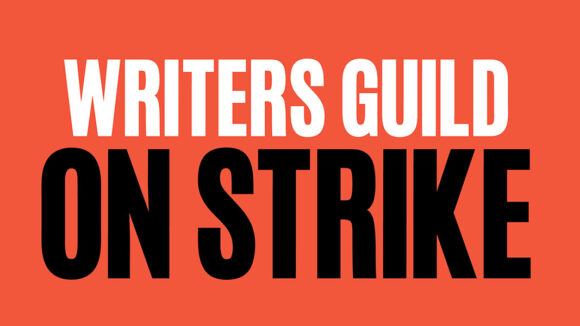

All The Animated Shows That Are Impacted By The WGA Strike
Writers Guild of America (WGA) is on strike, and the ramifications of the work stoppage are reverberating across the screen industries.
Today, we look at what caused the writers’ strike and which animated series are affected by the shutdown.
Why is the WGA striking? Many reasons, but most of the workers’ concerns relate to industry changes since the rise of streaming. Writers helped usher in the period of “peak tv” but didn’t notice any appreciable difference in the way that they were compensated. In fact, since platforms tend to keep shows on their service without home video, syndication, or international licensing deals, streaming-era writers receive relatively little residual compensation on the backend. Another contentious point is the growing prominence of the “miniroom,” a trimmed-down version of the typical writers’ rooms with no guarantee of employment on a series. You may have heard striking writers refer to this new iteration of the writers’ room as gig work. The WGA has also expressed serious concern about the rise of AI writing tools and the likelihood that they will be used to replace human writers.
Here is Nancy Drew showrunner Melinda Hsu Taylor’s succinct explanation of why she’s striking:
This. pic.twitter.com/eOqbKmH43e
— Mike Gauyo 🇭🇹 (@blackboywrites) May 5, 2023
How does the strike work? During the strike, members of the Writers Guild of America (WGA), the labor union to which most working writers in Hollywood belong, will cease work until the guild and the Alliance of Motion Picture and Television Producers (AMPTP) can come to a new agreement. For the duration of the strike, no member of the WGA will write new scripts for series or films. This means that most writers will lose their primary source of income until the stoppage is resolved.
What is AMPTP’s take? The studios argue that their latest proposal to the WGA included generous increases in compensation and streaming residuals. In a release, their negotiating body, the AMPTP, said: “The AMPTP member companies remain united in their desire to reach a deal that is mutually beneficial to writers and the health and longevity of the industry, and to avoid hardship to the thousands of employees who depend upon the industry for their livelihoods.”
What’s the difference between the Writers Guild of America and The Animation Guild? WGA is the dominant writers’ union in Hollywood, and its contracts cover many high-profile animated shows like The Simpsons, Rick and Morty, and Family Guy. But the majority of writers in the animation industry are represented by The Animation Guild (IATSE Local 839), which also covers animation production artists, and, increasingly, production workers. The WGA has a significantly larger membership and wields greater influence in Hollywood than TAG, and therefore has more leverage when it negotiates with the AMPTP.
What’s the relationship between WGA and TAG? Officially and for the most part, the two guilds and their members have each other’s backs. Animation writers can belong to both the WGA and TAG, and many do. When the WGA began their strike earlier this month, TAG put out a statement in support of the group and the striking workers.
The #AnimationGuild stands in solidarity with WGA members. We recognize their invaluable contributions to the entertainment industry, and as fellow #Union members, we support their demands to win a fair contract.#TAG4WGA #WGAStrong #UnionStrong @WGAWest @WGAEast pic.twitter.com/zPHgc9Vzfx
— The Animation Guild // #WeAre839 (@animationguild) May 2, 2023
However, there has also been friction between the unions dating back to at least the 1970s, primarily related to the issue of jurisdiction over animation writers. It most recently flared up during the WGA strike of 2007–08 (this Variety article from the time has more). More recently, the WGA infuriated large numbers of animation writers when it told out-of-work live-action writers to use animation as a stop-gap employment option after Covid shut down live-action production.
Why doesn’t the WGA just cover all writers? That’s the six-million-dollar question. Not only do many animation writers want to be part of the WGA, but many WGA members would also like to include animation writers among their ranks. In fact, last year, more than 1,500 WGA members signed a pledge to fight for WGA coverage of animation writers.
Which shows are affected by the WGA strike? Below is a historical list of WGA-covered animated series, both past and present. We’ve indicated shows that are still in development or production, with the caveat that some of the series have not been renewed or are ending their runs, but the news hasn’t been made official yet. It’s also important to note that animated shows can continue production if the scripts are already written, so a strike would have to run for an extended period of time before any significant slowdown in the animation sector.
WGA Covered Animated Series (Past and Present)
What’s next? It’s hard to tell right now. The last writers’ strike, in 2007-2008, lasted for three months and change. Nobody is sure who has the leverage right now, but in June AMPTP’s labor contracts with both the Directors Guild of America and SAG-AFTRA expire, which could create even more allies for the WGA’s ranks. Both groups have already expressed public support for the WGA but are still working — for now, at least. It’s telling that SAG-AFTRA president Fran Drescher joined the picketing writers on Monday.
WGA President Meredith Stiehm joined on the picket lines at @paramountplus by @sagaftra President Fran Drescher! #WGASTRIKE #1u #WGAstrong pic.twitter.com/hvzV1vGarF
— Writers Guild of America West (@WGAWest) May 9, 2023



